
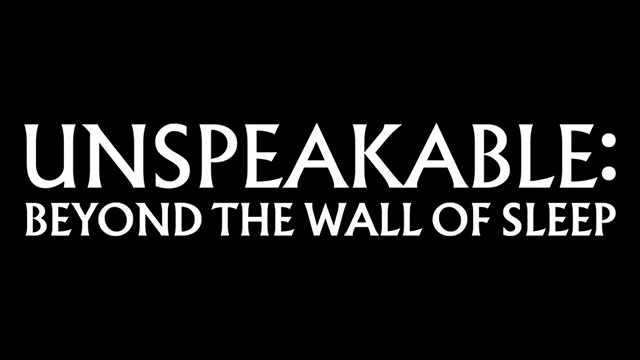
Tuesday August 6, 2024 | Movie Reviews | Neal
UNSPEAKABLE - BEYOND THE WALL OF SLEEP
BASED ON BEYOND THE WALL OF SLEEP BY H.P. LOVECRAFT
A maybe slightly spoiler-y review by Aaron Barrocas
"Unspeakable: Beyond the Wall of Sleep"
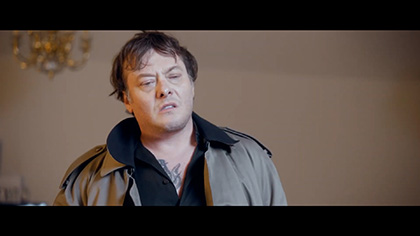
Unspeakable: Beyond the Wall of Sleep is based on the short story “Beyond the Wall of Sleep” by H.P. Lovecraft. The movie misses few opportunities to tip its hat towards the legendary author, with references to Miskatonic University and Arkham Asylum, among many others. Our hero (Edward Furlong - yes, that Edward Furlong - and yes - it’s still super fun to watch him in movies) is named Ambrose London, possibly a nod towards author Ambrose Bierce, whose own “Beyond the Wall” is often referenced as an inspiration for Lovecraft’s short story.
While there are similarities between this film and Lovecraft’s 18-page work, Lovecraft’s version had a distinct lack of sharp-toothed penis monsters, many fewer castrations, and one less half-faced imprisoned Nazi. I’ll stop you before you yell spoiler - we haven’t even hit the opening credits yet.
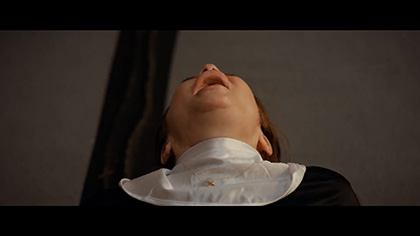
Chad Ferrin, whose other recent Lovecraft adaptation, H.P. Lovecraft’s the Old Ones, can currently be found on Tubi and Amazon Prime, took the bones of Lovecraft’s story and ran with it. And he kept running. People may have yelled out “Stop running! You’ve gone too far!” but he probably couldn’t hear them, on account of just how far he had run. No creative concept went unexplored in the writing and directing of this film. The movie is intentionally and unapologetically offensive. Certain moments will earn a sincere “oh, my word” from the most hardened of viewers. And the less hardened viewers will have become hardened viewers by the end credits. One viewing of this film could turn Kermit the Frog into Keith Richards.
The movie begins as a dark and intellectual thriller. Robert Miano plays Jim Fhelleps, a disturbed Arkham Asylum patient who seemingly suffers from Disassociative Identity Disorder, or at least that’s the closest that modern medicine can come to his real issue. When Jim Fhelleps isn’t Jim Fhelleps, he’s Joe Slater. And Joe Slater has a different eye color, different teeth, and different DNA. As the concerned Dr. Barnard (Susan Priver) tellingly states early in the film, “There are two men in that body.”
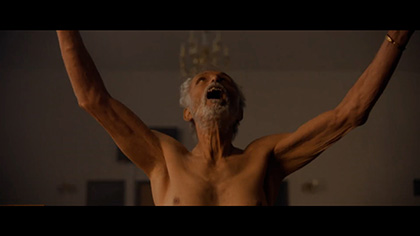
Miano was handed a script that would challenge any actor. Two complete characters in very different realities, who he must portray nearly simultaneously. As a character whose most frequent conversation partner is himself - due in equal parts to social isolation by law, and to literally being the only person who can understand what he is saying - Miano is forced to frequently soliloquize as both Fhelleps and Slater, in a notable performance that bolsters the quality of the film.
Susan Priver skillfully portrays Dr. Barnard as a smart, competent, passionate doctor with nothing but positivity to share with the world, who is not at all prepared for the doors that Fhelleps’ case will open. By contrast, Furlong’s Ambrose London seems weathered, rugged, and is not only prepared for the wild ride ahead, but he has plans to lead it. Like I said - fun to watch.
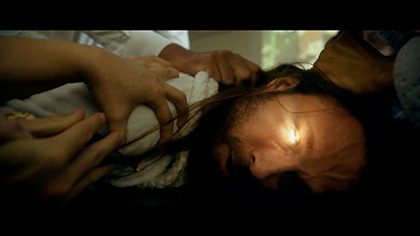
Before his shocking suicide (again - not the spoiler it sounds like), Dr. Willet (a spectacular cameo by Steve Railsback), had specifically requested that Ambrose, a once-trailblazing oneirologist (one who studies dreams - this info is in parentheses because I had to look it up - so I thought maybe other people aren’t dropping that word left and right either), be consulted on Fhelleps case.
But Fhelleps - or alter-ego Joe Slater, was hoping for this exact turn of events. With the help of a brainwashed/soulsucked Arkham orderly named Neville, Fhelleps puts his own plans into action. Co-Producer Jerry Irons absolutely kills as the once gentle, now malicious Neville, with his classic white insane asylum orderly uniform giving pretty serious possessed milkman vibes.
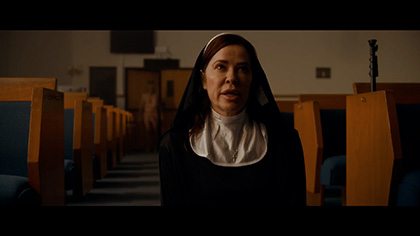
Another notable side character is Sonia London, Ambrose’s wife, played by Ginger Lynn Allen - a fun addition to the cast who could have used a few more scenes - especially in light of her importance to the story.
But that would have been rough, as there was a lot to fit into this movie’s just-under-90-minutes running time - including a ton of the grossest gore and fx makeup you aren’t at all ready to see. The incomparably inventive Joe Castro (Guinness Book of World Record holder for “highest body count in a slasher film”), handled all special makeup effects, which happen at such a rapid pace that you’ll have to pause to appreciate some of them (as opposed to the ones that you will quickly look away from - no offense to Joe - but massive offense to the rest of us and to decency as a concept). One particular character is permanently - and deservedly - injured on one side of his face, with the artwork for the effect so carefully crafted that Phantom of the Opera is brought to mind. Jeff Leroy, known in the indie community for his work with miniatures and monsters, also lent his skills to the special effects in this film, creating some rather memorable eye food.
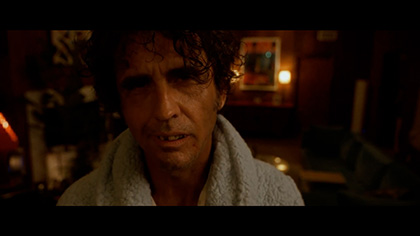
There’s an interesting take on medical visuals, combining cutting edge futuristic medical procedures with a torturous, antiquated look that might have been found in an insane asylum during Lovecraft’s time. Anachronistic imagery is used throughout the movie, most of which takes place in the current day, but a current day filled with home answering machines, VHS tapes, audio cassettes, and people who smoke cigarettes. The score is similarly out of time - often leaning on a traditional horror style that would feel appropriate for a Hitchcock thriller, yet building towards a more recent synth style as the film progresses. This may be because the story blends several time periods, using black and white, with stark splashes of color, as well as Sepia tone to very clearly differentiate decades and centuries.
This movie is a gore-focused indie, and Ferrin never denies that, tossing self-aware humor into an off-the-Railsback third act. This had to be an indie, because no studio would touch the film with a ten foot pole (not stating that as a negative). Not every piece of cinema is made for mainstream advertising and consumption. Realistically, if you turn on this flick, you already have some idea of what you’re getting into, and prior to hitting play, you’ve gathered your water, vitamins, and three buckets like Mark Renton prepping for withdrawal.
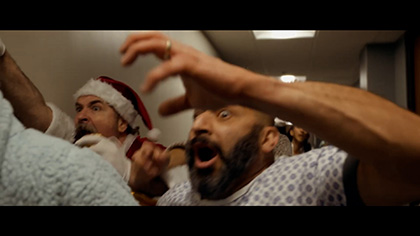
You can test this one like stepping into a cold pool. If you make it to the opening credits, and you’re still ok with new stuff that your brain now has, you’ll probably be able to watch the movie as a movie, as opposed to a series of violent thefts of your mental comfort. And if you’re able to do that, there’s a dark, interesting story that makes use of many artists’ talent, and bears a strong thematic connection to Lovecraft’s work - but surrounded by things no human eye should ever see. Thanks for reading.
Bai Ling. It works in the movie just like in this review. Just when you think you’re all done - there’s Bai Ling - hammering those final nails in like a merciless angel determined to ensure that you won’t find yourself beyond the wall of sleep anytime soon, in a bizarrely memorable performance. That may be a spoiler, but it’s meant more as a “hang in there. There’s a Bai Ling at the end of the tunnel.”
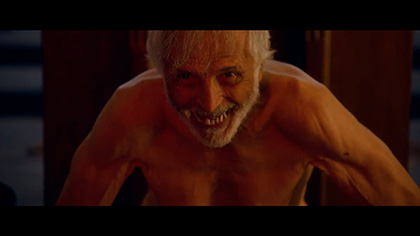
Aaron Barrocas is an award-winning screenwriter, filmmaker, and editor living in Los Angeles. He has spent the past 25 years as an active part of the entertainment industry. AaronBarrocas.com.